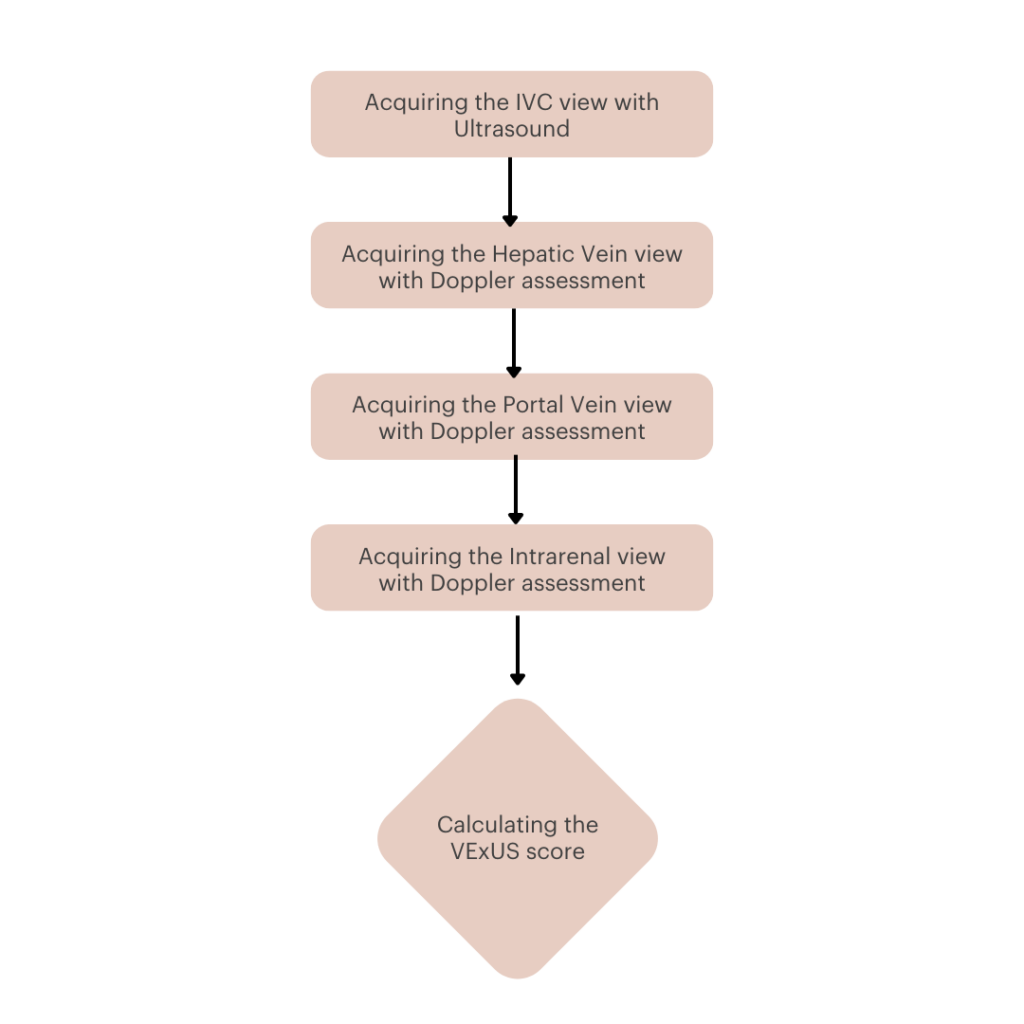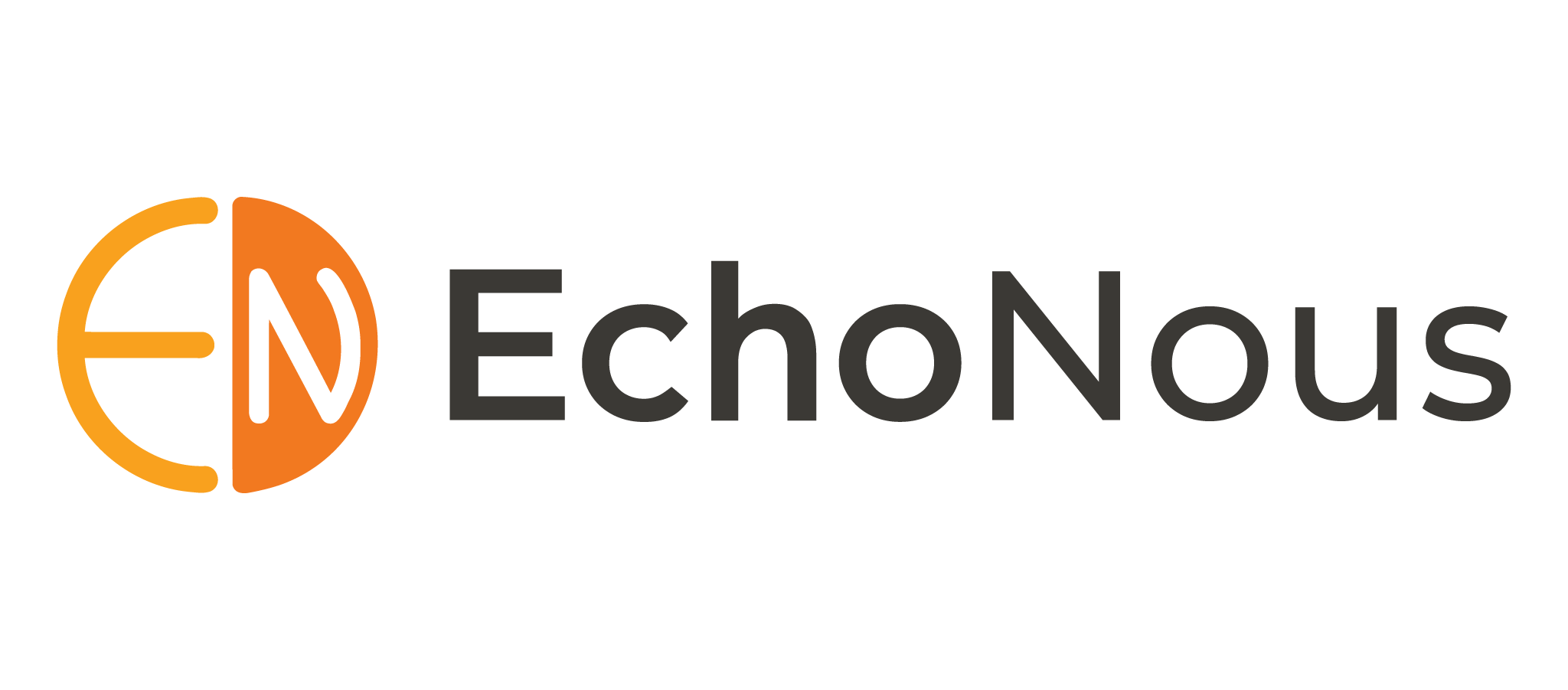Nephrologists Say Goodbye to Guesswork: How VExUS is Elevating Hemodynamic Assessment
Globally, kidney healthcare is struggling. An estimated 10% of the population worldwide is affected by chronic kidney disease (CKD), with millions of deaths recorded each year.
The situation is worse in Africa, Asia, and some parts of South America, since access to affordable healthcare is limited. In developing countries with rapidly aging populations — like China and India, the burden of chronic kidney diseases is projected to increase disproportionately [1, 2].
In middle-income countries, the cost of treatment (including dialysis and transplants) contributes a financial strain on the healthcare system. Many patients struggle to afford the cost of treatment, and the continued use of outdated diagnostic workflows creates a separate burden of undiagnosed, untreated kidney failure.
Treatment costs for chronic kidney disease in the United States alone reportedly exceeded $79 billion in 2016, a 23% increase from 2015. It consumes approximately 7% of the total Medicare budget, while catering to about 1% of the insured population—from an economic standpoint, this is unsustainable in the long run [2,3].
This article discusses how VExUS, an innovative approach to hemodynamic assessment, may help optimize nephrology care in modern medicine and may make an impact on the global burden of chronic kidney disease.
Key Takeaways:
- Globally, the burden of chronic kidney diseases is projected to increase, causing a serious public healthcare concern.
- Implementing sustainable solutions for early detection may help change this narrative.
- Renal venous congestion plays a primary role in the pathogenesis of kidney diseases prompting the need for optimal fluid management protocols.
- Venous excess ultrasound score (VExUS) is a rapidly emerging tool in modern nephrology for evaluating the severity of venous congestion.
- Ultrasound capabilities, like those found on affordable POCUS devices like EchoNous’ Kosmos solution, can play an important role in helping optimize nephrology care.
Table of contents
Optimizing Global Kidney Health Index
In April 2024, an international consensus statement on chronic kidney disease was released. Authored by over a dozen researchers and experts from the European Renal Association, the American Society of Nephrology, and the International Society of Nephrology, this consensus statement declared a state of emergency on kidney disease with a pin-point focus on three strategies [4]:
- Early detection
- Public education
- Optimal therapies
Multiple studies have recommended early detection strategies as the go-to approach to prevent kidney diseases, their clinical progression, and related complications.
Implementing sustainable solutions for early detection is expected to reduce the healthcare burden of kidney disease and help nephrologists better understand disease risks and progression in different populations.
To this end, many countries have changed the care policy guiding screening, diagnosis, and treatment of kidney diseases. Diagnostic policies now recommend the combination of multiple evaluations considering:
- Kidney size
- Perfusion rate
- Creatinine clearance rate
- Venous excess ultrasound (VExUS)
VExUS for Cardiorenal Failure
In recent years, VExUS has shown promising results in research studying the management of patients with acute kidney injury [5].
Measure Renal Venous Congestion
Renal venous congestion plays a primary role in the pathogenesis of cardiorenal failure. In clinical cases of renal congestion, both central venous pressure (CVP) and intra-abdominal pressure (IAP) are elevated. This dual-elevation, as observed, ultimately results in the retention of renal blood flow (RBF).
In animal research models studying venous congestion, an increase in renal vein pressure results in increased blood urea nitrogen and urine output. In human studies, CVP and renal vein pressure were consistent with confirmed diagnoses of congestive heart failure and renal failure.
In both cases, increased CVP is linked with increased mortality risk. In recent times, diagnostic framework designs for kidney diseases prioritize the evaluation of venous congestion — this is in addition to other parameters like perfusion rate, kidney size measurements, and creatinine clearance [6].
Venous excess ultrasound score (VExUS) is a rapidly emerging tool in kidney care. As a hemodynamic assessment tool, VExUS leverages pulse wave Doppler waveforms of the portal, renal and hepatic veins, and inferior vena cava diameter to evaluate the severity of venous congestion.
Initially designed as a point-of-care ultrasound exam, VExUS presents a reproducible, accurate, and non-invasive approach for evaluating intravascular congestion [7].
Follow Fluid Overload
Fluid management is important in managing kidney failure — this is no discovery. Portal vein pulsatility was described over 25 years ago in heart failure. Although promising, the technique only received wide acceptance recently and was never incorporated into the comprehensive echocardiographic assessment.
With VExUS, care clinicians and nephrologists now conduct a bedside assessment of organ congestion.
Predict Acute Kidney Injury
VExUS scores correlate with elevated cardiac filling pressure, helping clinicians make informed predictions on acute kidney injury and the severity of organ congestion. By a long stretch, VExUS is changing the face of fluid management in nephrology.
Demystifying the VExUS Protocol
The VExUS ultrasound protocol describes the clinical steps in assessing fluid overload in the inferior vena cava, hepatic, portal, and intrarenal veins.
In nephrology, the VExUS is performed to evaluate a patient’s fluid status. In any clinical setting, routine fluid monitoring is important in patients at risk of septic shock, congestive heart failure, and acute renal failure. A routine VExUS examination gives a VExUS score: a parameter for determining the state of fluid retention in the liver, heart, gut, and kidneys.
The examination procedure for obtaining a patient’s VExUS score follows a specific routine [8].
These steps include:

Kosmos Capabilities for Nephrology
EchoNous is pioneering an innovative approach in point-of-care ultrasound, with cutting-edge technology offerings designed to inform and assist nephrologists in clinical decision-making. EchoNous’ Kosmos products boast advanced features enabling quick and accurate bedside diagnosis in renal and cardiac care. These solutions offer precise evaluations and assessments of kidney size and structure, perfusion rate, and VExUS score.
Kosmos ultrasound devices can be used in needle placement for vascular access and dialysis. Ultrasound-guided vascular access is accurate and reduces patient discomfort. Accurate placements reduce the risk of complications and improve patients’ confidence in the management protocol. And, it uses an onscreen guide that assesses vein diameter (for catheter selection), and depth makers to guide needle placement in veins.
Portable ultrasound systems are revolutionizing ambulatory care in nephrology. Kosmos enables multi-organ ultrasound scanning and enables efficiencies with AI-driven workflows. Its advanced Doppler features, transducers, and AI integration enable fast and accurate diagnosis at the point of care. Imaging capabilities on Kosmos offer a way to get to real-time assessment of venous congestion severity and hydration status in clinical and ambulatory settings.
Its superior POCUS abilities are handy in intensive care units, and Kosmos can help optimize diagnosis workflows and ultimately improve care outcomes. AI-enabled Kosmos transducers provide clear imagery, assisting experienced and in-training clinicians in accurate cardiac and abdominal scanning. The smart, durable design allows for easy grip and easy use.
Conclusion
EchoNous offers a vital tool toward changing the face of nephrology globally. Kosmos devices offer an approach to integrating modern medicine with advanced technology and AI-enabled capabilities by providing real-time, state-of-the-art diagnostic software solutions. Its compact, ultraportable technologies perfectly fit in-patient and ambulatory care settings in cardiology and nephrology.
Citations
- Kovesdy C. P. (2022). Epidemiology of chronic kidney disease: an update 2022. Kidney international supplements, 12(1), 7–11. https://doi.org/10.1016/j.kisu.2021.11.003
- Francis, A., Harhay, M.N., Ong, A.C.M. et al. (2024) Chronic kidney disease and the global public health agenda: an international consensus. Nat Rev Nephrol 20, 473–485. https://doi.org/10.1038/s41581-024-00820-6
- Diamantidis, C. J., Storfer-Isser, A., Fishman, E., Wang, V., Zepel, L., & Maciejewski, M. L. (2023). Costs Associated With Progression of Mildly Reduced Kidney Function Among Medicare Advantage Enrollees. Kidney medicine, 5(6), 100636. https://doi.org/10.1016/j.xkme.2023.100636
- Francis, A., Harhay, M. N., Ong, A. C. M., Tummalapalli, S. L., Ortiz, A., Fogo, A. B., Fliser, D., Roy-Chaudhury, P., Fontana, M., Nangaku, M., Wanner, C., Malik, C., Hradsky, A., Adu, D., Bavanandan, S., Cusumano, A., Sola, L., Ulasi, I., Jha, V., American Society of Nephrology, … International Society of Nephrology (2024). Chronic kidney disease and the global public health agenda: an international consensus. Nature reviews. Nephrology, 20(7), 473–485. https://doi.org/10.1038/s41581-024-00820-6
- Rihl, M. F., Pellegrini, J. A. S., & Boniatti, M. M. (2023). VExUS Score in the Management of Patients With Acute Kidney Injury in the Intensive Care Unit: AKIVEX Study. Journal of ultrasound in medicine: official journal of the American Institute of Ultrasound in Medicine, 42(11), 2547–2556. https://doi.org/10.1002/jum.16288
- Abe, M., Hemmi, S., & Kobayashi, H. (2023). How should we treat acute kidney injury caused by renal congestion? Kidney research and clinical practice, 42(4), 415–430. https://doi.org/10.23876/j.krcp.22.224
- Leyba, K., Longino, A., Ormesher, R., Krienke, M., Van Ochten, N., Zimmerman, K., McCormack, L., Martin, K., Thai, T., Furgeson, S., Teitelbaum, I., Burke, J., Douglas, I., & Gill, E. (2024). Venous excess ultrasonography (VExUS) captures dynamic changes in volume status surrounding hemodialysis: A multicenter prospective observational study. Research square, rs.3.rs-4185584. https://doi.org/10.21203/rs.3.rs-4185584/v1
Magin, J. C., Wrobel, J. R., An, X., Acton, J., Doyal, A., Jia, S., Krakowski, J. C., Schoenherr, J., Serrano, R., Flynn, D., McLean, D., & Grant, S. A. (2023). Venous Excess Ultrasound (VExUS Grading to Assess Perioperative Fluid Status for Noncardiac Surgeries: a Prospective Observational Pilot Study. POCUS journal, 8(2), 223–229. https://doi.org/10.24908/pocus.v8i2.16792




